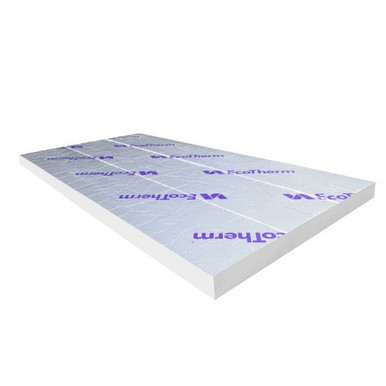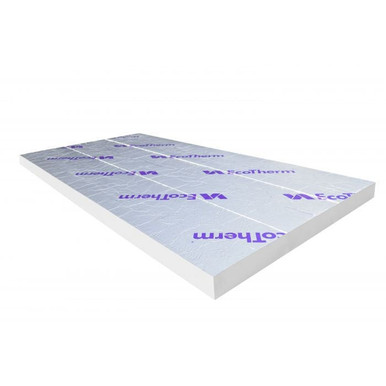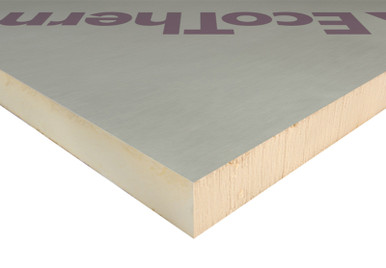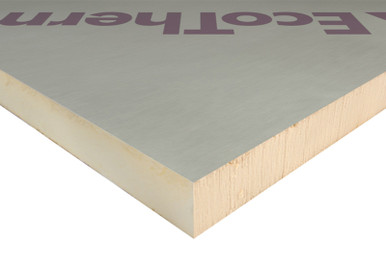Introduction
Proper insulation is one of the most important things to do when building a house. The right amount of heat is maintained in the house with proper insulation. This results in significant savings, which will pay for itself over time.
Insulation should always be done by a professional insulation contractor because they will be able to properly inspect the existing insulation and recommend steps for upgrading it. Furthermore, only a professional insulation contractor can lay the insulation in a new house correctly. Insulation performed by an inexperienced person or a general contractor may not produce the desired results. It is critical to consider not only how the insulation is laid, but also whether an airtight seal can be achieved. This can sometimes be done for little or no extra cost, but it can make a significant difference in how well your insulation performs.
Why Should A Professional Insulation Contractor Be Hired Over A General Contractor?
- A general contractor knows everything about all aspects of construction but rarely specializes in one sector, such as insulation, and thus does not have a thorough knowledge: A general contractor is a jack of all trades but a master of none in some cases. These contractors are knowledgeable in a variety of fields and can sometimes be less expensive. However, because they are not experts, if a problem arises, they may not be able to resolve all of the issues. They are a poor choice for important jobs such as getting the installation done correctly because they do not specialize in one specific skill. Insulation contractors, on the other hand, only know one thing: insulation. They are masters of only one thing, so if an unwelcome situation arises, they can handle it without breaking a sweat. This is not to say that there aren't plenty of excellent contractors out there who excel at this type of work.
- Lack of knowledge about the various types of insulation products: There are many different types of insulation products on the market, each of which serves a different purpose. For a general contractor, everything may appear to be the same or similar, offering the same benefit. However, only a certified contractor can tell you about the benefits and drawbacks of each type of insulation and how to install it. For example, it is critical for home owners to understand the differences and benefits of blown-in, batt, rigid board, and spray foam insulation.
Advantages of Hiring Professional Insulation Contractors
- Better R-Values Provided by Insulation: Professionally installed insulation provides a much better and higher R-value. The R-value of a material is the amount of resistance it provides when heat passes through it. The greater the resistance provided, the higher the R-value and the better the material's performance.
- Sufficient insulation will be installed: Insulation contractors always install insulation correctly. It is not possible that there is insufficient insulation in places where it is required. Professional installers, on the other hand, will use their best judgment to suggest places where installation could be skipped due to the thickness of the wall or the presence of pre-existing insulation.
- Use of High-Quality Insulation Equipment: Professional installers use the proper equipment to complete the installation. As a result, the final product is far superior to that of a general contractor or a do-it-yourselfer.
To get a better quality job, one should hire a professional Insulation Contractor rather than a general contractor. To learn more, visit http://insulation4less.co.uk/ and browse our online offerings.
DIY Insulation From Around the World and Throughout Time
When we think of insulation, we usually think of the type found in modern homes. Insulation, on the other hand, comes in a variety of forms and has an interesting history spanning various time periods and cultures. Insulation is one of the most important components of what makes a house or dwelling habitable, so civilisations have used it for centuries. Cultures and groups of people have come up with some interesting ways to keep warm or cool depending on the climate, from using animal hair for insulation to building mud huts to retain heat.
Are you looking for some unusual insulation methods from different parts of the world and time periods? Continue reading to learn more!
GOING OFF GRID WITH A MUD HUT
To begin, the first prehistoric civilizations constructed temporary houses out of animal skins, fur, and wool. The installation was inexpensive and simple, and the earth layer provided excellent protection against wild animals, fire, and provided relief during combat periods. Furthermore, earth houses use soil and mud as a wonderful insulating blanket, as the inside temperature changes very slowly due to the high density of earth. This keeps the interior cool in the summer and warm in the winter. The warming and cooling properties of natural resources such as mud and soil were also used by the Ancient Egyptians and Vikings.
INSULATION ON BOTH WALLS TO CREATE AIR POCKETS
Creating a double wall with a gap in between is one of the most significant discoveries in the world of insulation, and it's all thanks to the Ancient Greeks! Cavity walling creates a gap between two walls; the gap traps air in the cavity, reducing heat loss and transfer.
This insulation method is also ideal for the various climates we encounter. When it's hot outside, the gap keeps the hot air out. In contrast, if it's cold outside, the warmth inside will remain. This is a method that is still widely used today, and for good reason: it works!
MULTI-LAYER INSULATION IS USED IN THE TRADITIONAL YURT
The yurt is a common style of home in Asia, particularly Mongolia, that has survived to the present day. It is essentially a tent built on top of a flat piece of earth, often insulated with multiple layers. A traditional yurt's lattice is divided into multiple sections known as khana. The khana is a series of crisscrossed wooden poles made of willow, birch, or poplar wood. The poles are connected by strong ropes made of leather or animal hair.
Yurt communities are frequently herding cultures, and the felt that covers the yurt is typically made of wool collected from domesticated sheep, goats, or yaks. Most yurts have three to five layers of felt, with an outer layer of waterproof fabric, such as canvas, to finish it off. The layers work together to trap air inside, reducing heat loss.
AS A MODERN DAY INSULATION METHOD, UNDERFLOOR INSULATION
Many of our modern insulation methods are based on ancient techniques. Obviously, they are intended to be long-lasting and durable rather than a temporary solution. Floor insulation is one of these solutions.
Typically, people concentrate on insulating their attics and exterior walls. It is critical to concentrate on these areas because you can save a lot of money on heating costs if you insulate your floors as well. Basement floor insulation, also known as underfloor insulation, significantly reduces heat loss through the floors and thus lowers your overall energy bill.
If you have wooden floors, underfloor insulation is also beneficial. Wooden floors are easily damaged when moisture accumulates. This can be avoided by installing a layer of insulation between the crawl space and the floor, creating a vapor barrier and preventing moisture from attacking your wooden floor. During the cold winter months, solid floor insulation can also provide additional protection to the piping system beneath the floors. Because pipes are installed beneath the floor, an insulated floor can significantly reduce the chances of a pipe bursting during the winter season.
THE FUTURE OF INSULATION IS GREEN
There has recently been a strong push to become more energy efficient and thus more environmentally friendly. One of the most important things you can do to help the environment in the long run is to ensure that your home has adequate insulation on the walls and in the loft.
Filling in any gaps and cracks, as well as renewing your loft insulation and insulating your walls, can save you a lot of money – and a lot of carbon. If you would like more information on how to best insulate your home, please feel free to browse our products or contact us.












